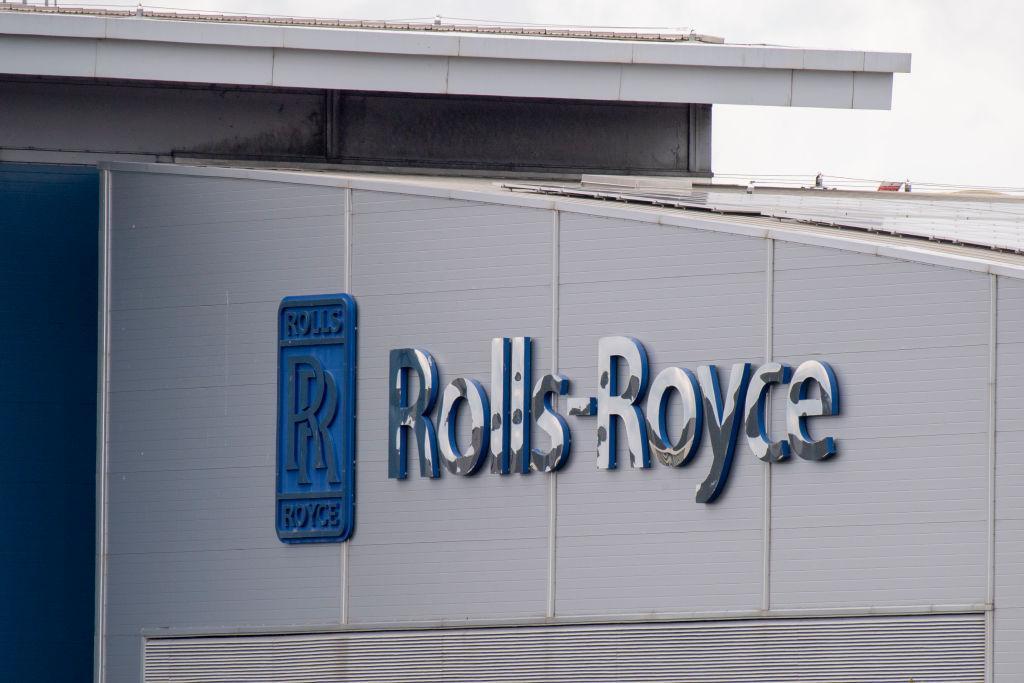
The second and third waves of the Covid-19 pandemic have continued to hamper Rolls-Royce’s commercial engine business, although the British OEM has said it is encouraged by vaccination programs in many countries.
Large engine flying hours in the first four months of 2021 were 60% lower than during the same period of 2019, which Rolls-Royce described as broadly in line with the levels of late 2020. For the whole of last year it reported that hours were down 57% on 2019.
The company added that ongoing downturn is “consistent with our planning assumptions”, but reiterated that it expects to turn cash flow positive in the second half of this year.
In 2020 the OEM suffered a £2 billion ($2.8 billion) operating loss, versus an £808 million profit in 2019, and a £4.6 billion trading cash outflow from its civil aerospace business.
As a result, it’s clear that Rolls-Royce’s defense and power systems businesses will be vital to ensuring that it hits positive cash flow later this year, despite the company highlighting cargo flights as one area for optimism in civil aerospace.
The engine OEM expects 240 large-engine shop visits in 2021 versus 278 last year, followed by a sharp rise to about 400 in 2022. However, that figure depends on engine flying hours reaching 80% of 2019 levels next year – itself a more pessimistic outlook than Rolls-Royce’s previous prediction of 90%.
This year the company is hoping for engine flying hours to be at 55% of 2019 levels. Given what it has reported for the first four months of 2021, this means that May-December flying hours will need be around 60% of the pre-pandemic benchmark.
“As previously highlighted, our guidance remains sensitive to the timing of EFH [engine flight hours] recovery,” noted Rolls-Royce.






Comments